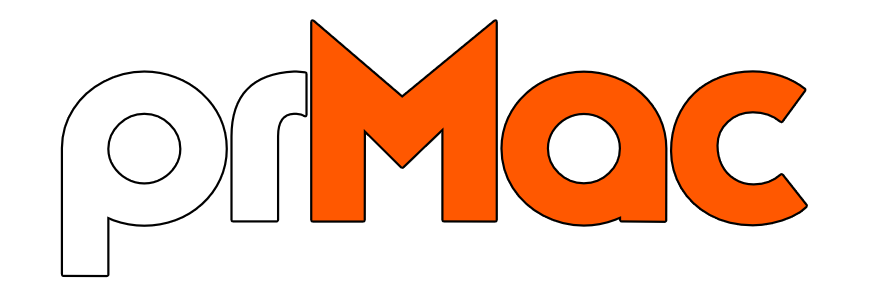Tableau is a powerful data visualization and business intelligence tool that enables users to analyze, interpret, and present data in a visually compelling manner. To effectively work with Tableau, there are specific skills that individuals should possess. In this article, we will explore the key skills required to utilize Tableau effectively.
Introduction to Tableau
Tableau is a leading data visualization software that allows users to connect to various data sources, create interactive dashboards, and generate insightful reports. It offers a user-friendly interface and a wide range of features for data exploration, analysis, and presentation. Proficiency in Tableau can greatly enhance data-driven decision-making processes.
Tableau Skills for Beginners
For beginners, it is essential to acquire foundational Tableau skills to work with the tool effectively. These skills include understanding the Tableau interface, creating basic visualizations and dashboards, and working with data sources and connections. Familiarity with concepts like dimensions, measures, and hierarchies is crucial to manipulate and analyze data accurately.
If you’re new to Tableau, developing foundational skills is essential to effectively work with this powerful data visualization tool. Tableau provides a user-friendly interface and a wide range of features that enable users to explore, analyze, and present data in meaningful ways. Here are some key skills for beginners to focus on when getting started with Tableau.
Understanding the Tableau Interface
One of the first skills to develop is understanding the Tableau interface. Familiarize yourself with the different components, such as the data pane, shelves, and worksheets. Learn how to navigate the interface, access menus and options, and customize your workspace according to your preferences. Understanding the interface will make it easier to work with Tableau and access its various functionalities.
Creating Basic Visualizations and Dashboards
Tableau allows users to create dynamic and interactive visualizations with ease. Start by learning how to create basic visualizations, such as bar charts, line charts, and scatter plots. Understand how to add dimensions, measures, and filters to your visualizations to slice and dice your data effectively. As you progress, explore additional chart types and experiment with color schemes, labels, and tooltips to enhance the visual appeal of your visualizations.
Dashboards are an integral part of Tableau.
Learn how to design and build interactive dashboards that bring multiple visualizations together. Practice organizing your dashboards, adding interactivity through filters and actions, and designing user-friendly layouts. Dashboards allow users to explore data and gain insights at a glance, so mastering this skill will greatly enhance your Tableau proficiency.
Working with Data Sources and Connections
Tableau connects to various data sources, including Excel files, databases, and cloud platforms. Learn how to connect to different data sources and understand the options available for data extraction and live connections. Practice importing and connecting to datasets, selecting appropriate tables or sheets, and handling data refreshes. Understanding data connections and how to work with different data sources will enable you to access and analyze data effectively in Tableau.
Applying Filters and Parameters
Filters and parameters are powerful features in Tableau that allow you to refine your visualizations and provide dynamic user control. Learn how to apply filters to limit the data displayed in your visualizations based on specific criteria. Experiment with different filter types, such as categorical filters, range filters, and top N filters, to refine your data analysis. Parameters enable users to change values dynamically, so understand how to create and utilize parameters to enhance the flexibility and interactivity of your visualizations.
Utilizing Calculations and Expressions
Tableau provides a range of calculations and expressions that allow you to perform calculations on your data and create new fields. Learn how to use calculated fields to derive insights from your data, perform mathematical operations, apply conditional logic, and aggregate data. Familiarize yourself with basic calculations, such as sums, averages, and percentages, and explore advanced calculations, including table calculations and level of detail (LOD) expressions. Mastering calculations and expressions will empower you to perform complex data analysis and create more sophisticated visualizations.
Advanced Tableau Skills
As users gain proficiency, they can explore advanced Tableau skills to take their data visualization capabilities to the next level. Advanced skills involve data manipulation and transformation techniques, creating advanced chart types and customizations, and implementing calculations and formulas to derive meaningful insights from data.
Tableau Server and Collaboration
Tableau Server is a platform that allows users to share, publish, and collaborate on Tableau dashboards and visualizations. To utilize Tableau Server effectively, individuals should understand how to share and publish dashboards, collaborate with other Tableau users, and manage permissions and security settings.
Tableau Data Preparation
Data preparation is a critical aspect of working with Tableau. Users should have skills in data cleaning and wrangling techniques, data blending and joining, and managing large datasets for optimal performance. Understanding data structures, relationships, and database concepts is essential for efficient data preparation in Tableau.
Tableau Best Practices
To create impactful and effective visualizations, individuals should follow Tableau’s best practices. These practices include adhering to design principles for visual appeal and user-friendliness, optimizing performance for faster loading and interaction, and considering security and data governance aspects while working with sensitive data.
Tableau Certification
Tableau offers certification programs that validate users’ proficiency and expertise in utilizing the tool. Obtaining Tableau certification demonstrates your knowledge and skills in data visualization, dashboard creation, and data analysis using Tableau. Tableau Course can enhance your credibility, open new career opportunities, and showcase your commitment to professional development.
Conclusion
Mastering Tableau requires a combination of foundational and advanced skills. From understanding the Tableau interface and creating basic visualizations to advanced data manipulation techniques and collaboration on Tableau Server, each skill contributes to effective data visualization and analysis. By acquiring and honing these skills, individuals can leverage Tableau to derive valuable insights from data and make informed business decisions.

